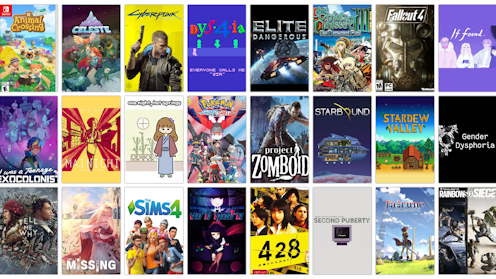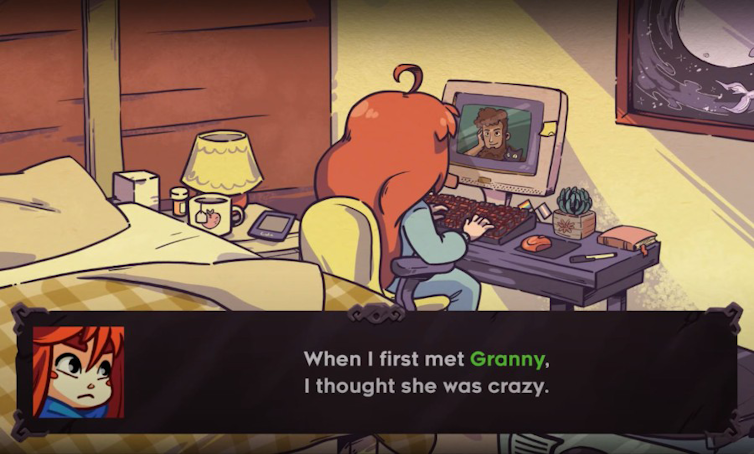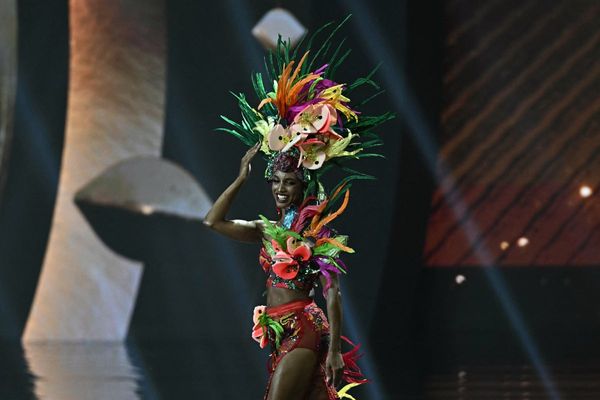
There is a comfort in finding and being yourself. Video games offer opportunities for this comfort. They allow people to exist in safe spaces, to develop community, and to explore the self – as well as the potential self.
Our recently published study explores how video games can elicit feelings of gender euphoria for transgender people. This could be a result of a player developing a connection with a character they feel represented by. Or, they may simply appreciate the experience of a world in which they exist as their actual gender.
Far from just providing an escape, our research shows video games can play a major role in fostering inclusion for trans people, and in promoting the joy of being trans.
Why gender euphoria matters
Much of the discourse around transgender and gender diverse identities is damage-centred. People have come to understand transness through a medicalised lens that emphasises gender dysphoria.
Gender “dysphoria” refers to a person’s feelings of disconnection and dissatisfaction with their experience of gender, whether it’s their body, how others treat them, or how they present themselves to the world. For further reading, we recommend The Gender Dysphoria Bible (an online community resource), or Susan Stryker’s book Transgender History.
Gender “euphoria” refers to feelings of excitement, completeness and affirmation that come when someone truly experiences their gender identity. For cisgender people, gender euphoria is often unremarkable. But for transgender people, discovering this feeling – especially in a hostile world – can be profound and lifesaving.

While gender “euphoria” is an old term used by the trans community to understand the potential for happiness, researchers have only recently begun studying it.
As a group of longtime gamers and trans people, we knew of many games that offered this experience to us. And as researchers and game designers, we had the tools to tease apart these games to understand what makes them meaningful.
Our study contributes language and a framework for analysing gender euphoria in video games. We hope it will help with developing games that are more inclusive and meaningful for trans players.
A reflexive thematic analysis
We used a qualitative research method called reflexive thematic analysis, which involves drawing from one’s own experiences as a source of data that frames the analysis.
We developed a list of games that were known for trans themes, and/or authored by trans designers, and/or which we had personally found comfort in playing. The list included both indie and mainstream games, such as Cyberpunk 2077, Anna Anthropy’s dys4ia, Animal Crossing: New Horizons and Celeste.
While analysing the games, we looked at the art, narratives, choices offered to players, and how characters were represented.
We also identified various “themes” relating to trans experiences which were common among the games. We organised these themes into the categories of design, dynamics and experiences, building on prior design theory.
A three-pronged framework
Design elements are what the game maker creates, such as the main story, or how you can manipulate a character. Certain games can be designed in a way that normalises transgender people, such as by offering a range of gender expressions for players, or by allowing trans identity disclosure during play.

The dynamics of a game refer to how it unfolds as a result of the design and players’ decisions. Dynamics, for instance, might address how players come to discover a trans character, or how they might encounter pain and healing through the story.
And experiences are the emotions players feel as a result of playing, such as the excitement of finishing a level, or sadness over the loss of a beloved character. For trans players, gender euphoric experiences centre on the self and how it relates to the broader world.
Although it has some issues with trans representation, the game Cyberpunk 2077 is a good example for understanding how we sorted our themes into these three categories.
The character Claire Russel is designed as a woman street racer, whose trans identity is not made explicit. The player’s interactions with Claire create certain dynamics, after which her character confides she is transgender. This offers the player the experience of having comfortable interactions with a transgender character, and of understanding how the character relates to the larger game world.

Unexpectedly, we found expressions of pain (including gender dysphoria) were an important aspect of some of the trans-inclusive games we analysed.
The games created gender euphoric experiences for players by acknowledging the painful parts of the transgender experience, and then providing opportunities to resolve or live through them.
Moving towards trans-inclusivity
Of course, there is more to do. While our reflexive analysis centred trans-femme experiences, there is a range of gender identities out there. More work is needed to see what other designs, dynamics and experiences should be on offer for trans players.
Gender euphoria is a salve to the unnecessary pain the world brings to trans people. It is therefore a worthy design goal – not just in video games, but in all kinds of interactive systems.
If we want trans joy in the world, we will have to design for it.
Phoebe Toups Dugas is affiliated with Monash University and is undertaking volunteer work with Transgender Victoria.
Michelle Cormier is affiliated with Monash University and is managing a community project for Transgender Victoria as a volunteer.
This article was originally published on The Conversation. Read the original article.







